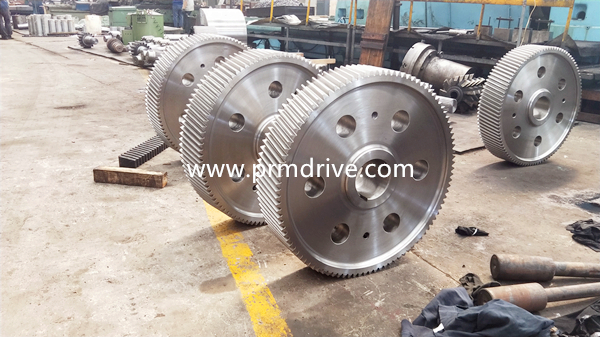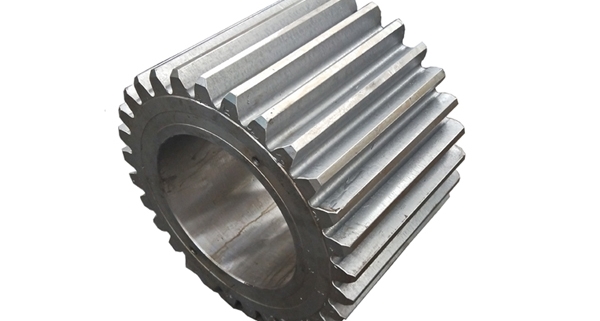Selection of gear processing materials
How to select the gear material during processing.
Gear transmission transmits the motion and power between any two shafts in space through the meshing of gear teeth, and can change the form and speed of motion. Gear transmission has a wide range of use, constant transmission ratio, high efficiency and long service life. When selecting gear materials, it is necessary to proceed from reality, and comprehensively consider issues such as mechanical performance, process performance, and economy. Only reasonable selection of materials can ensure gear quality, reduce product costs, and improve market competitiveness.
In the design and manufacturing process of mechanical parts products, not only must the properties of the materials be able to adapt to the working conditions of the parts and make the parts durable, but also the materials are required to have better processing performance and economy in order to increase the productivity of the parts and reduce Cost and reduce consumption. If the gear material is not properly selected, premature damage or even failure of the parts will occur. Therefore, we must be cautious in selecting gear materials.

First of all, the mechanical properties of the material must be satisfied: the mechanical properties of the material include strength, hardness, plasticity and toughness, etc., which reflect the characteristics of the material during use. When the gear is meshing, there is contact stress at the tooth surface contact, and the tooth root has the maximum bending stress, which may cause the tooth surface or tooth body strength failure. Each point of the tooth surface has relative sliding, which will cause wear. The main failure modes of gears include tooth surface pitting, tooth surface gluing, tooth surface plastic deformation and gear tooth fracture. Therefore, the gear material is required to have high bending fatigue strength and contact fatigue strength, the tooth surface must have sufficient hardness and wear resistance, and the core must have a certain strength and toughness.
Secondly, it is necessary to meet the process performance of the material: the process performance of the material refers to the ability of the material itself to adapt to various processing requirements. The manufacture of gears must go through several processes such as forging, cutting and heat treatment. Therefore, attention should be paid to the process performance of the material when selecting materials.
The economic requirements of the third material: the so-called economy refers to the minimum cost and the maximum economic benefit. On the premise of satisfying the use performance, the selection of gear materials should also pay attention to reducing the total cost of parts as much as possible.



